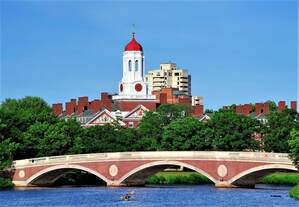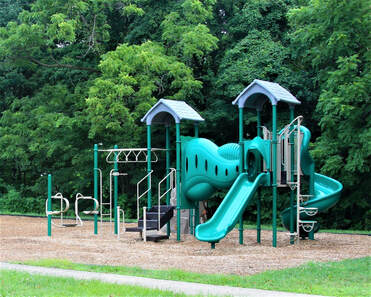|
I've looked in vain for a good, in-depth treatment of the Harvard case centering on anti-Asian bias. The Oct. 11 New Yorker column by Harvard Law professor Jeannie Suk Gersen introduces the problem but declines to cite a single number. Elsewhere, reporting commonly cites Asian-Americans' outsized percentage of the Harvard student body vs. their percentage of the US population. What I don't see is any source definitively reporting this group's admission rate as compared with other races'--let alone pinpointing that difference when one controls for other relevant factors. That's the crux of the matter.
The Oct. 12 Nell Gluckman article in the Chronicle of Higher Education suffers from this deficiency. So does Colleen Walsh's Aug 31 Harvard Gazette story. Somewhat more helpful is this passage from Julie J. Park's Sep. 24 Inside Higher Ed column: "According to an expert report filed in the case on the side of Harvard by David Card of the University of California, Berkeley, the admit rate for the Classes of 2014-2019 was 5.15 percent for Asian Americans and 4.91 percent for white applicants who are not recruited athletes, legacies, on a special dean’s list or children of faculty/staff members. It is problematic that white people are more likely to fall into these special categories [....]" This leaves me to imagine that an apples-to-apples comparison, one which adds back all such special categories for Whites, could yield racial admit-rates that are sharply different, on the order of 12% vs. 5%, or rather similar, such as 7% vs 5%. More helpful still is the Economist story from June 23. It describes an intriguing result from the plaintiff's consulting economist, Peter Arcidiacono, using an unspecified "statistical model." Controlling for other (unspecified) factors, "He estimates that a male, non-poor Asian-American applicant with the qualifications to have a 25% chance of admission to Harvard would have a 36% chance if he were white. If he were Hispanic, that would be 77%; if black, it would rise to 95%." This summary, of course, describes a special, narrow case. The full analysis would presumably cover students from the entire socio-economic spectrum, from all genders, and so on, and those findings could hardly be as striking as these. We can only hope Arcidiacono's methods are given adequate scrutiny. Models purported to be establishing cause and effect, especially those that rely on statistical control, can go awry in so many ways. And they can lead to bizarre conclusions. The late statistician Elazar Pedhazur used to spoof analyses that in effect answered questions akin to "How tall would this corn plant have grown if it had been a tomato plant?"
0 Comments
It's heartening to see the original, high-quality research reflected in Might School Performance Grow on Trees? Examining the Link Between “Greenness” and Academic Achievement in Urban, High-Poverty Schools, a joint project of the U. of Illinois and the U.S. Forest Service. Ming Kuo, Matthew H. E. M. Browning, Sonya Sachdeva, Kangjae Lee and Lynne Westphal have admirably investigated the connection between amount of tree cover around Chicago schools and the extent of student learning in math and reading, while striving to rule out other factors that could explain the variation in student performance.
How unusual among educational research projects to gather data using "Light Detection and Ranging (LiDAR) collected with a scanning laser instrument mounted onto a low-flying airplane"! One might be impatient to suggest, as I was, that amount of tree cover at school could be serving as a proxy for level of affluence in the neighborhood generally-- which would perhaps be a truer cause of achievement level. The authors thought of this too and controlled for it effectively in their sequential regression analysis: "School Trees contribute uniquely to the prediction of academic achievement even after Neighborhood Trees are statistically controlled for. Neighborhood Trees, however, showed [little relationship with achievement] once School Trees were statistically controlled for. These findings suggest School Trees are stronger drivers of academic performance than other types of greenness, including grass cover and trees in surrounding neighborhoods." I also recommend this article for its intelligent Limitations section. |
AuthorRoland B. Stark Archives
September 2023
|


 RSS Feed
RSS Feed